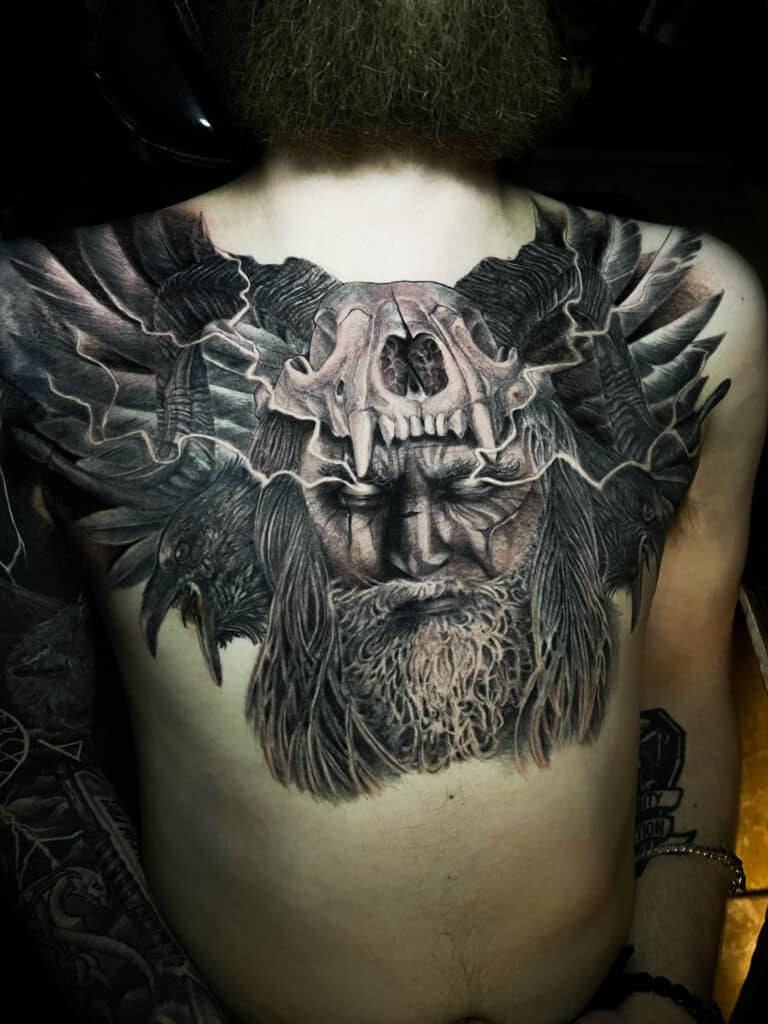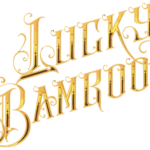
Tales of Nordic Vikings date back as far as the 8th century, and accounts of “markings upon the skin” were documented by Arabic traders. These markings were described as being of unknown symbols, animals, trees and even longboats.
The unknown symbols were likely the “Vegvisir” (the symbol the resembles a sort of compass, with the meaning of the power of divinity), the “Aegishjalmur” (also known as the “Helm of Awe”, which was believed to provide protection in battle), the “Mjolnir” (also known as “Thor’s Hammer”, which represents might and power) and “Gungnir” (also known as the “Spear of Odin”, representing power and victory). The tree that was documented was likely that of “Yggdrasil”, which as the Nordic Tree of Life; which represented the “nine realms”, including Asgard (the kingdom of the gods) and Midgard (Earth). The Longboat was important to Nordic life because it was the lifeblood of trade and allowed them to travel great distances. Many people believe the Norse discovered North America far earlier than Christopher Columbus.
Not only was the Longboat important to trade and discovery, it was very prominently used for conquest. The Norse Vikings were a fierce and formidable force to recon with. The were described as “tall as palm trees” and often with red hair. They were believed to earn their tattoos either before or after battle. Their tattoos would have appeared either greenish or bluish because wood ash was the common component used to make tattoo “ink”. It was also said that many of the observed Norse warriors bore a dark tattoo surrounding their eyes, believed to make them stand out and look more menacing to their opponents.
In the recent years, the popularity of Norse inspired tattoos has been growing. Some get them for their beauty. Some get them for their intricacy. Yet some, still get them for their original symbolism important to the early Nordic warriors.
